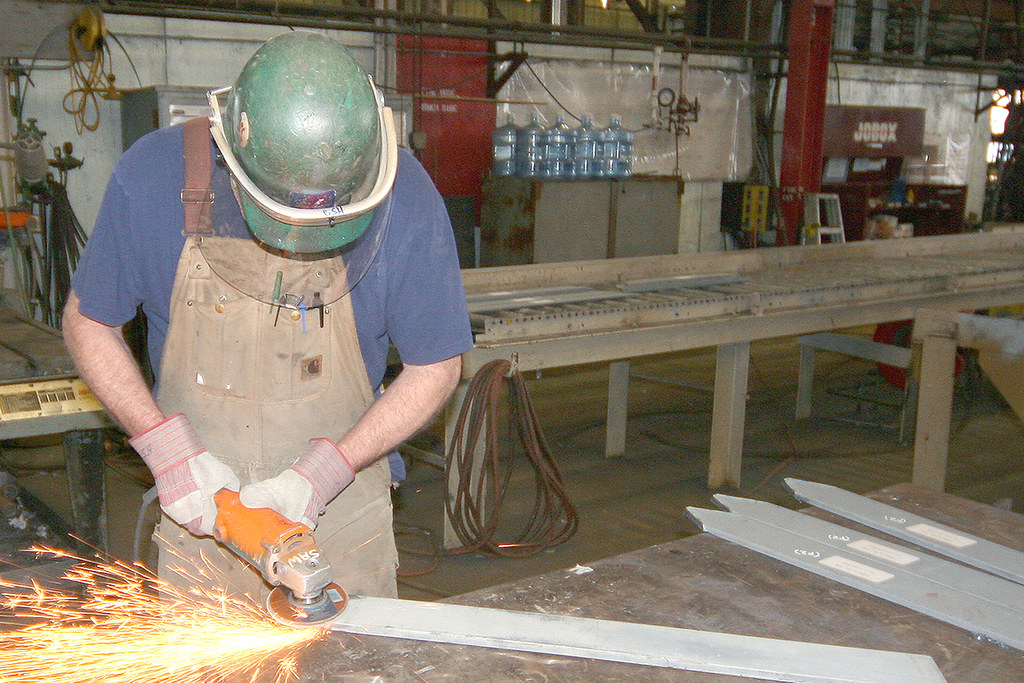Table of Contents
Introduction
Becoming a fitter involves being a vital part of various industries, contributing to the production and maintenance of machinery and equipment. Fitters play a crucial role in ensuring the smooth functioning of manufacturing processes, construction projects, and repair work.
Understanding the Role of a Fitter
As a fitter, your responsibilities may include assembling, installing, and maintaining machinery, interpreting technical drawings, and performing quality checks on finished products. Fitters often work alongside engineers and technicians to ensure that mechanical systems function optimally.
Educational Pathways
Secondary Education
Starting with a strong foundation in science and mathematics during secondary education lays the groundwork for a successful career as a fitter.
ITI (Industrial Training Institutes)
ITI programs offer specialized training in various trades, including fitting. These programs provide hands-on experience and theoretical knowledge essential for the profession.
Diploma in Mechanical Engineering
Pursuing a diploma in mechanical engineering after completing secondary education or ITI can provide in-depth knowledge and open up advanced opportunities.
Apprenticeships: Learning on the Job
Apprenticeships allow aspiring fitters to learn from experienced professionals while earning a stipend. This practical training enhances skills and provides exposure to real-world scenarios.
Developing Technical Skills
Mechanical Skills
Mastering mechanical skills such as using hand tools, power tools, and machinery is fundamental to a fitter’s role.
Welding Techniques
Proficiency in welding techniques like arc welding, gas welding, and spot welding is often required for joining and fabricating metal components.
Precision Measurement
Accurate measurement skills are crucial for ensuring the precise assembly and alignment of mechanical parts.
Soft Skills That Matter
Communication Abilities
Clear communication is essential when collaborating with colleagues and understanding project requirements.
Problem-Solving Aptitude
Fitters often encounter challenges that require creative problem-solving to find efficient solutions.
Attention to Detail
Paying meticulous attention to detail ensures that machinery operates safely and effectively.
Industry Specializations
Fitters can choose to specialize in various industries based on their interests and skills.
Manufacturing
Working in manufacturing involves producing goods and components using machinery and assembly techniques.
Construction
Construction fitters are involved in assembling and installing structural elements in buildings and infrastructure projects.
Maintenance and Repair
Maintenance fitters focus on inspecting, repairing, and ensuring the smooth operation of machinery and equipment.
Certifications and Qualifications
National Trade Certificate (NTC)
Obtaining an NTC after ITI training validates your skills and enhances employability.
Advanced Training Institutes (ATIs)
ATIs offer specialized courses for fitters to enhance their technical knowledge and expertise.
Certified Welder
A certified welder qualification showcases expertise in welding techniques, a valuable skill for fitters.
Staying Updated: Lifelong Learning
The field of fitting is constantly evolving. Continuously upgrading skills through workshops and courses is crucial to stay relevant.
Finding Employment Opportunities
Job Portals and Websites
Online platforms are valuable resources for finding job openings in various industries.
Networking
Building a professional network can provide insights into job opportunities and industry trends.
Industry Contacts
Connecting with professionals already working in the industry can provide valuable guidance.
Building Your Career
Gaining Experience
Starting in entry-level positions allows you to gain hands-on experience and learn from experienced colleagues.
Continuing Education
Continuing to learn about new technologies and techniques can lead to career advancement.
Entrepreneurial Ventures: Starting Your Own Workshop
Experienced fitters may consider starting their own workshops to provide fitting and maintenance services.
Challenges and Rewards of the Profession
While the profession offers stability and growth, it also presents challenges that require adaptability and dedication.
Conclusion
Becoming a fitter in India offers a pathway to a fulfilling career with diverse opportunities. By following the outlined educational paths, developing technical and soft skills, and staying updated with industry trends, you can embark on a successful journey in the world of fitting.
FAQs
Q1: How long does it take to become a certified fitter in India?
A- The timeline varies depending on the educational path you choose. ITI programs typically last for one to two years, while pursuing a diploma in mechanical engineering can take three years.
Q2: Are there any gender barriers in pursuing a career as a fitter in India?
A- No, the field of fitting is open to individuals of all genders. It’s all about skills, dedication, and passion for the work.
Q3: Can I specialize in more than one industry as a fitter?
A- Yes, you can choose to specialize in multiple industries based on your interests and skills. Many skill sets are accessible across industries.
Q4: What is the average salary for a skilled fitter in India?
A- Salary varies depending on specifications including experience, specialization, and location. On average, a skilled fitter can earn a competitive salary that reflects their expertise.
Q5: How can I stay updated with the latest advancements in fitting techniques?
A- To stay updated, consider attending workshops, joining professional associations, and following industry publications and online forums.




